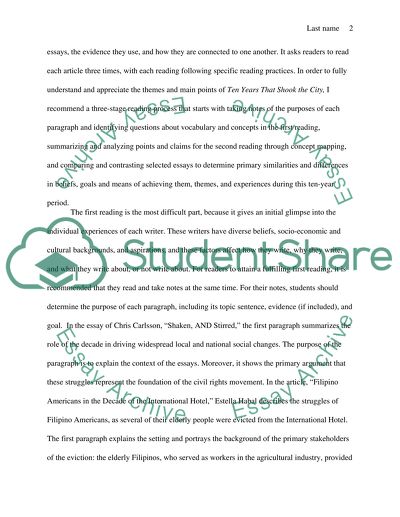Cite this document
(“Reading Ten Years: Note-taking, Conceptual Mapping, and Comparing Essay”, n.d.)
Retrieved from https://studentshare.org/english/1599070-english-essay-readers-guide
Retrieved from https://studentshare.org/english/1599070-english-essay-readers-guide
(Reading Ten Years: Note-Taking, Conceptual Mapping, and Comparing Essay)
https://studentshare.org/english/1599070-english-essay-readers-guide.
https://studentshare.org/english/1599070-english-essay-readers-guide.
“Reading Ten Years: Note-Taking, Conceptual Mapping, and Comparing Essay”, n.d. https://studentshare.org/english/1599070-english-essay-readers-guide.


